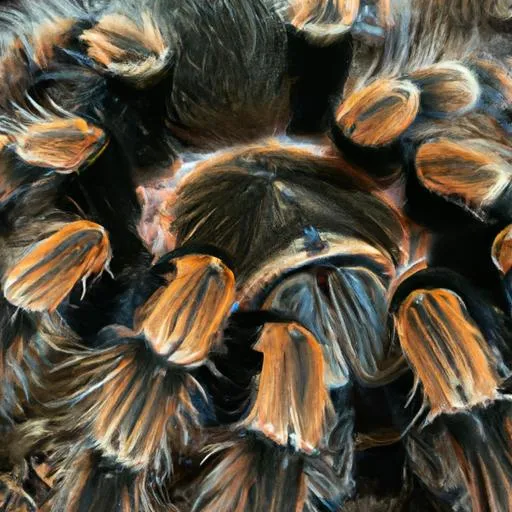The Curly Hair Tarantula 7 Amazing Facts
The Curly Hair Tarantula ( Tliltocatl albopilosus ), a captivating arachnid native to the tropical regions of Central America, has become a beloved pet for many enthusiasts. Known for its striking appearance and relatively docile temperament, this species offers a unique and rewarding experience for both novice and experienced keepers. Discovering these facts will provide you with a deeper understanding of this amazing creature and perhaps inspire you to welcome one into your home. In the following sections, we’ll delve into seven amazing facts about the Curly Hair Tarantula, covering everything from its physical characteristics and habitat to its behavior and care requirements. Prepare to be amazed by the beauty and complexity of this fascinating spider.
Appearance and Characteristics
The Curly Hair Tarantula stands out with its distinctive appearance. The species showcases a beautiful display of dark brown to black coloration, with long hairs that curl, giving them their name. These hairs cover the body and legs, creating a unique fuzzy look. The coloration can vary slightly depending on the individual, and the hairs themselves often have a golden sheen, especially in good lighting. The overall appearance is quite striking, making it a visually appealing species for tarantula enthusiasts.
Distinctive Curly Hairs
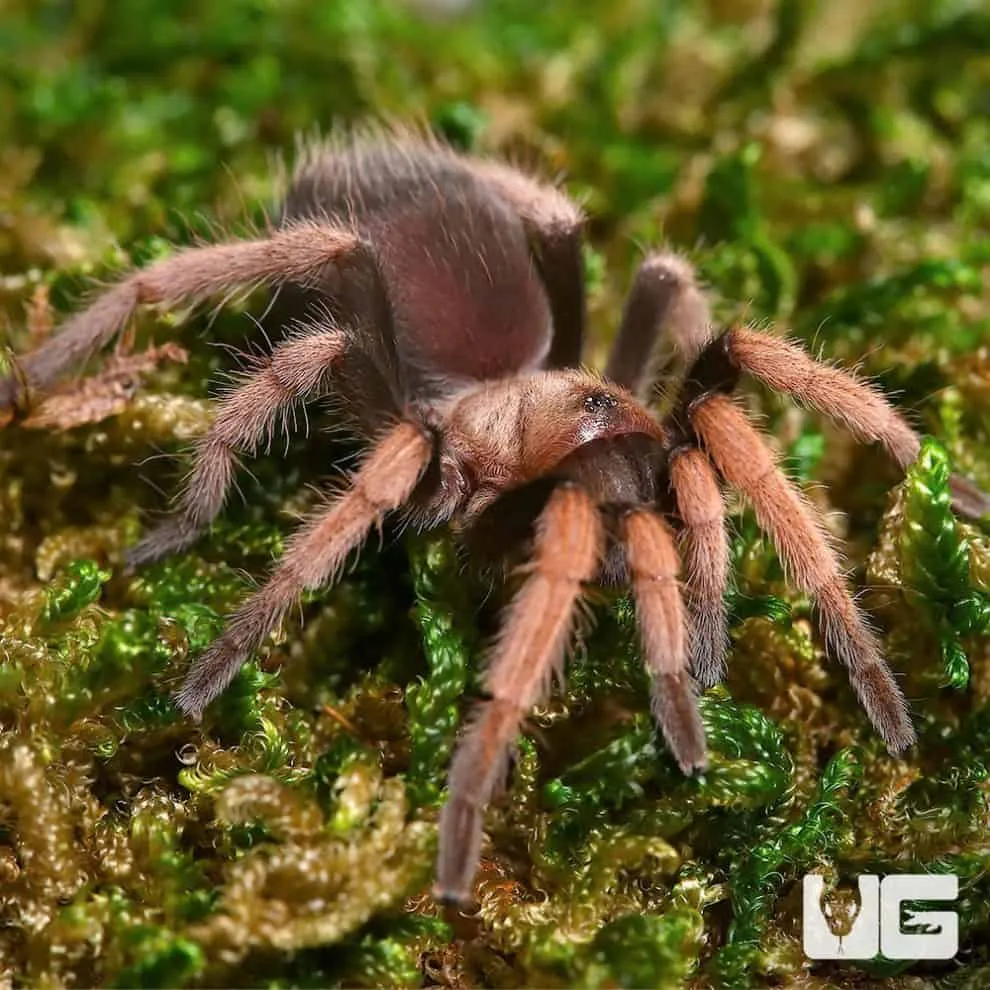
The namesake of this tarantula species lies in its unique hair structure. Unlike many other tarantulas with straight hairs, the Curly Hair Tarantula has hairs that curl tightly, giving it a distinctive and endearing appearance. These curly hairs contribute to the overall fuzzy look of the tarantula, providing a soft and inviting texture to the observer. The curled hairs also play a role in the tarantula’s defense mechanisms, as they can be kicked off when threatened, causing irritation to potential predators.
Size and Lifespan
In terms of size, the Curly Hair Tarantula is considered a medium-sized tarantula species. They typically have a leg span of 4 to 6 inches, with females generally being larger than males. In the realm of longevity, these tarantulas are known for their impressive lifespans. Females can live for up to 10 years or even longer, provided they are well-cared for, while males typically have a shorter lifespan, often around 3 to 5 years. This longevity makes them a long-term commitment for those who decide to own them as pets.
Origin and Habitat
Understanding the origin and habitat of the Curly Hair Tarantula is crucial for providing the best possible care. These tarantulas are native to the tropical regions of Central America, particularly Costa Rica, where they thrive in diverse environments. Their natural habitat plays a significant role in shaping their behavior and care requirements, providing insights into the conditions they need to flourish in captivity.
Native Range
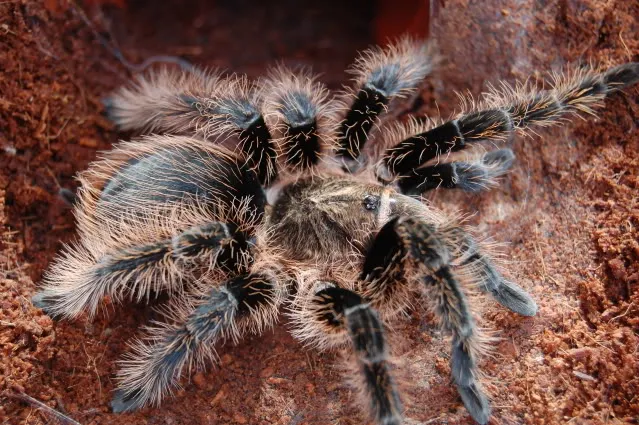
The Curly Hair Tarantula’s native range is primarily in the tropical rainforests of Costa Rica and surrounding areas. They inhabit humid environments with plenty of cover, such as under logs, rocks, and in burrows within the forest floor. These tarantulas are well-adapted to the warm and moist conditions of their natural habitat, which influences their behavior and requirements in captivity. Their presence enriches the biodiversity of these regions, contributing to the ecological balance of their native environment.
Ideal Environment
To replicate their natural environment, the ideal setup for a Curly Hair Tarantula in captivity includes a terrarium with a substrate of coconut fiber, peat moss, or a mix of both. This substrate helps maintain the necessary humidity levels. They also need a shallow water dish, a hide, and plenty of ventilation. Temperature should be maintained between 75 to 85°F (24 to 29°C) to simulate the warm conditions of their native habitat. This careful approach to recreating their ideal environment is key to promoting the tarantula’s health and wellbeing.
Behavior and Temperament
One of the appealing aspects of the Curly Hair Tarantula is its generally docile temperament, making it a popular choice for beginners. However, it’s crucial to understand their behavior and defensive mechanisms to ensure safe and responsible handling. Observing their behavior patterns, such as feeding responses and defensive postures, offers valuable insights into their needs and personalities.
Docile Nature
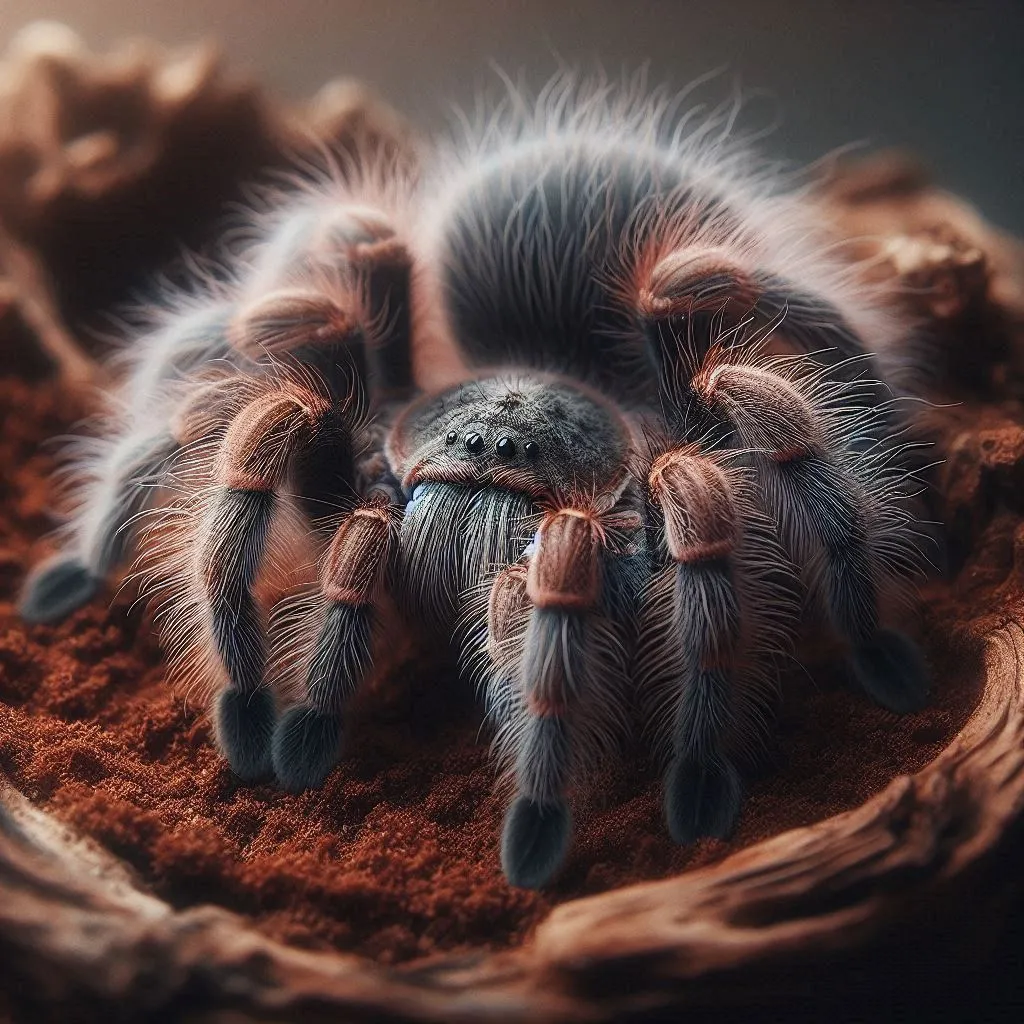
Compared to other tarantula species, the Curly Hair Tarantula is known for its relatively docile nature. They are generally not prone to biting, and they often prefer to retreat or kick hairs as a defense mechanism before resorting to aggression. Their calm demeanor makes them a more manageable species for handling and observation. However, it is important to note that, like all tarantulas, they can still exhibit defensive behaviors if they feel threatened or provoked.
Defensive Mechanisms
When threatened, the Curly Hair Tarantula has a few defensive mechanisms. One common defense is to kick off urticating hairs from their abdomen. These hairs are barbed and can cause irritation to the skin and eyes of potential predators or handlers. They may also retreat into their burrows or exhibit a threat posture, which involves raising their front legs and fangs. Understanding these defensive behaviors is essential for handling the tarantula safely and minimizing the risk of irritation or bites.
Diet and Feeding Habits
The dietary needs of the Curly Hair Tarantula are relatively straightforward, making them easy to feed and care for. Their diet consists mainly of insects, and knowing their feeding habits is essential to ensure their health and well-being. Regular and appropriate feeding practices contribute to a happy and thriving tarantula in captivity.
What They Eat
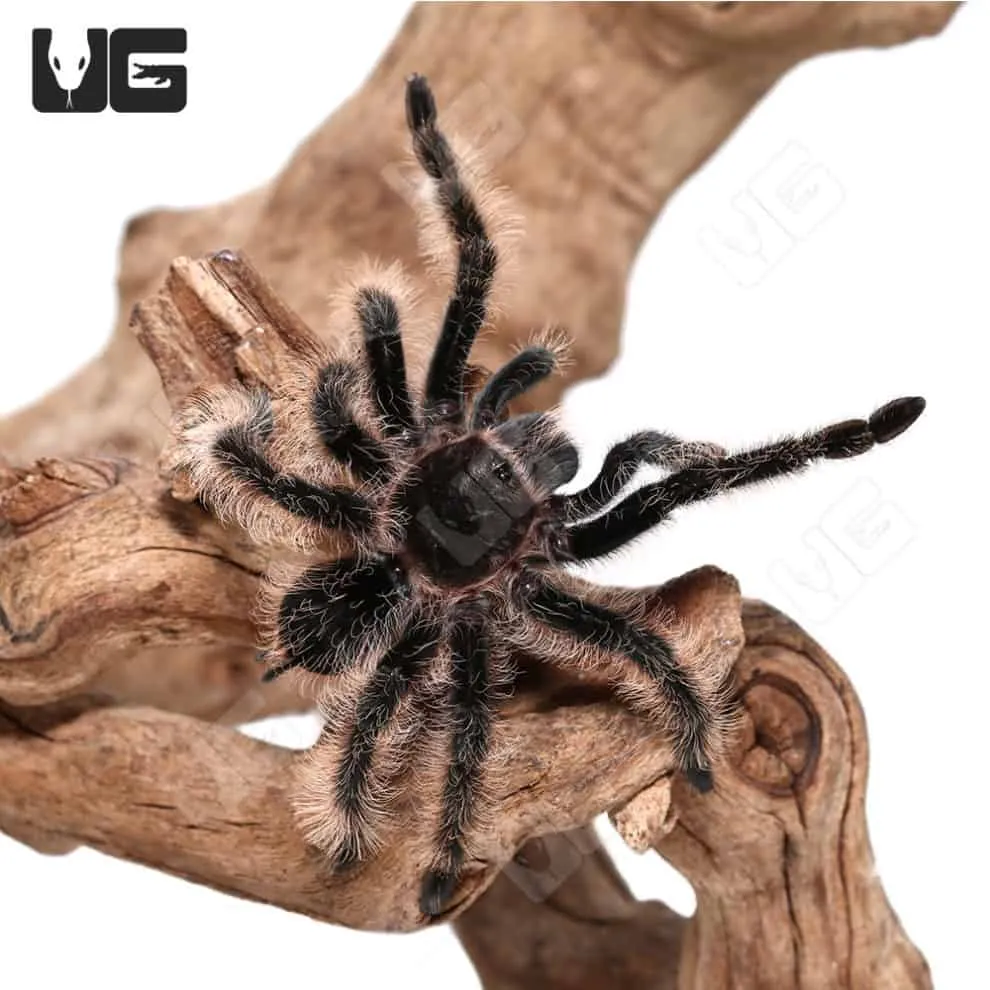
The Curly Hair Tarantula is an opportunistic feeder, and its diet typically includes various insects. Crickets, mealworms, and roaches are all readily accepted and provide essential nutrients. You can also occasionally offer other insects like locusts or waxworms. It is important to ensure that the insects are sourced from a reliable place, are free of pesticides, and are appropriately sized for the tarantula. Always remove uneaten food to prevent the growth of mold or mites.
Feeding Frequency
The feeding frequency depends on the tarantula’s age and size. Younger tarantulas, or spiderlings, should be fed more frequently, typically every other day, while adults can be fed once or twice a week. It’s essential to observe the tarantula’s feeding behavior. If it consistently refuses food, it might be preparing to molt or could be stressed. Always provide fresh water in a shallow dish for hydration.
Breeding and Reproduction
Breeding Curly Hair Tarantulas can be a rewarding experience for experienced keepers, but it involves specific considerations. Understanding the mating rituals and the care of egg sacs and spiderlings is crucial for successful breeding. Careful attention to detail is key to ensuring the health and survival of both the adult tarantulas and the offspring.
Mating Rituals
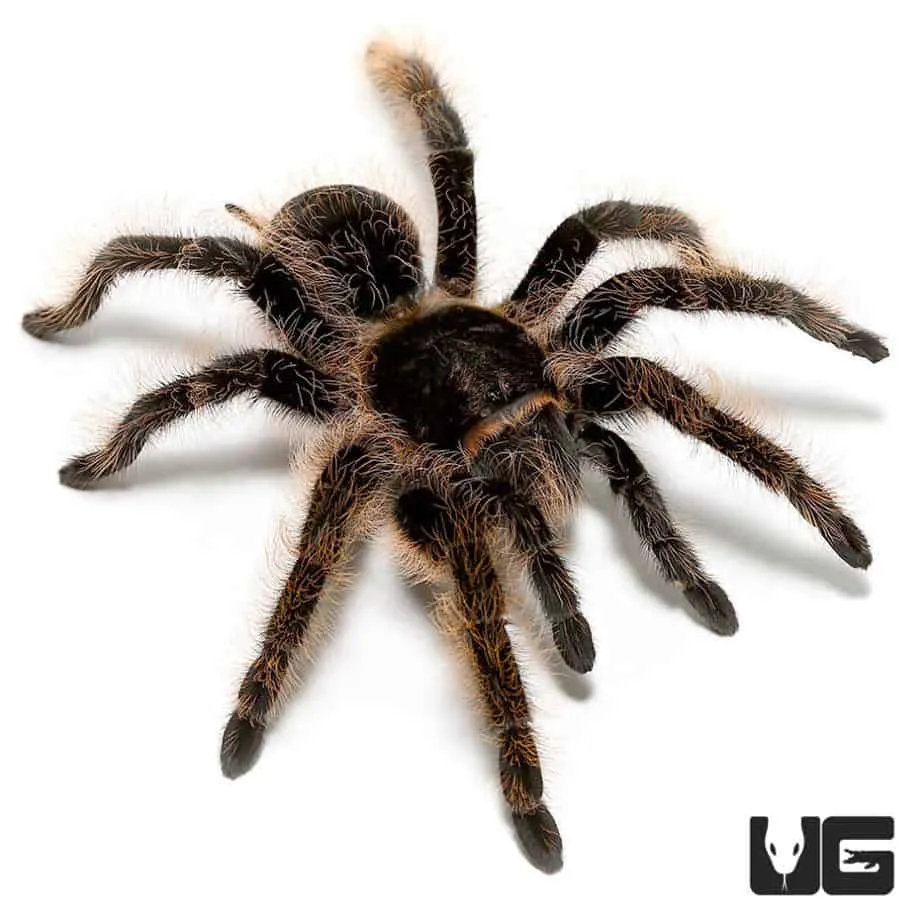
Mating the Curly Hair Tarantula involves introducing a mature male into the enclosure of a mature female. The male will approach the female cautiously, often drumming on the substrate to signal his intentions. If the female accepts, the mating process can begin. However, it is very important to observe the behavior carefully, as the female might attack the male if she is not receptive. After mating, the male should be removed from the enclosure to prevent any harm.
Egg Sac and Spiderlings
After mating, the female Curly Hair Tarantula will create an egg sac, which she will guard. The egg sac contains the eggs, which will hatch into spiderlings. The keeper should provide a secure and stable environment for the female to encourage her to protect her eggs. Once the spiderlings emerge, the keeper will need to separate them and provide them with individual enclosures and small prey, such as flightless fruit flies.
Popularity as Pets
The Curly Hair Tarantula’s growing popularity as a pet is attributed to its appealing characteristics, manageable care requirements, and relatively docile temperament. Understanding the pros and cons of owning this species can help potential owners make informed decisions about whether it is the right pet for them. Responsible pet ownership involves considering all aspects of caring for the animal.
Pros and Cons
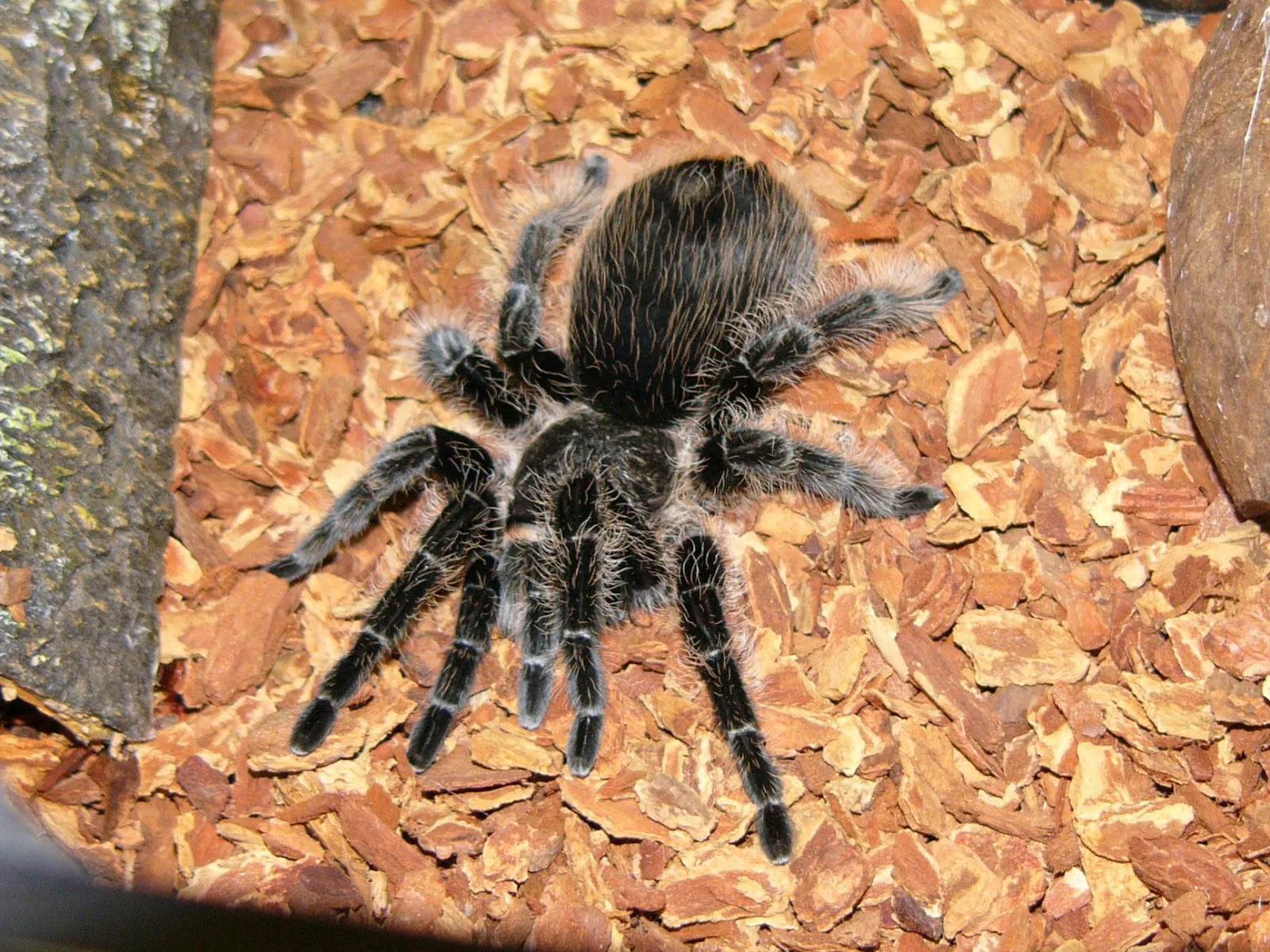
The Curly Hair Tarantula has several advantages as a pet. Their docile nature makes them relatively easy to handle. The tarantulas are also known for their beautiful appearance and long lifespans, offering years of enjoyment to their owners. Their care requirements are relatively simple, making them a good choice for beginners. However, there are also some drawbacks to consider. Tarantulas require specific habitat conditions, and handling should be done with caution. There is also the risk of urticating hairs. It is important to consider all aspects before getting a Curly Hair Tarantula.
Care Requirements
The care requirements for the Curly Hair Tarantula involve providing a suitable habitat, maintaining proper temperature and humidity levels, and offering a balanced diet. These tarantulas thrive in a terrarium with a substrate of coconut fiber or peat moss, a shallow water dish, and a hide for security. Maintaining a temperature between 75 to 85°F (24 to 29°C) and a humidity level of 60-70% is crucial. Feeding them appropriately sized insects, and providing fresh water are also vital. Regular monitoring of their health and well-being is also essential for them to thrive.
Conclusion
In summary, the Curly Hair Tarantula is a fascinating species with a unique appearance and manageable care requirements. From its distinctive curly hairs and docile temperament to its habitat and feeding habits, this tarantula offers an engaging experience for pet owners. Understanding its 7 amazing facts is essential to ensure the health and well-being of these captivating creatures. Whether you are a beginner or an experienced keeper, the Curly Hair Tarantula can be a rewarding addition to your home, providing years of enjoyment and a deeper appreciation for the beauty and complexity of the arachnid world. With the right knowledge and care, you can create a thriving environment for your Curly Hair Tarantula and enjoy its unique presence.
